

Login
Country
Language


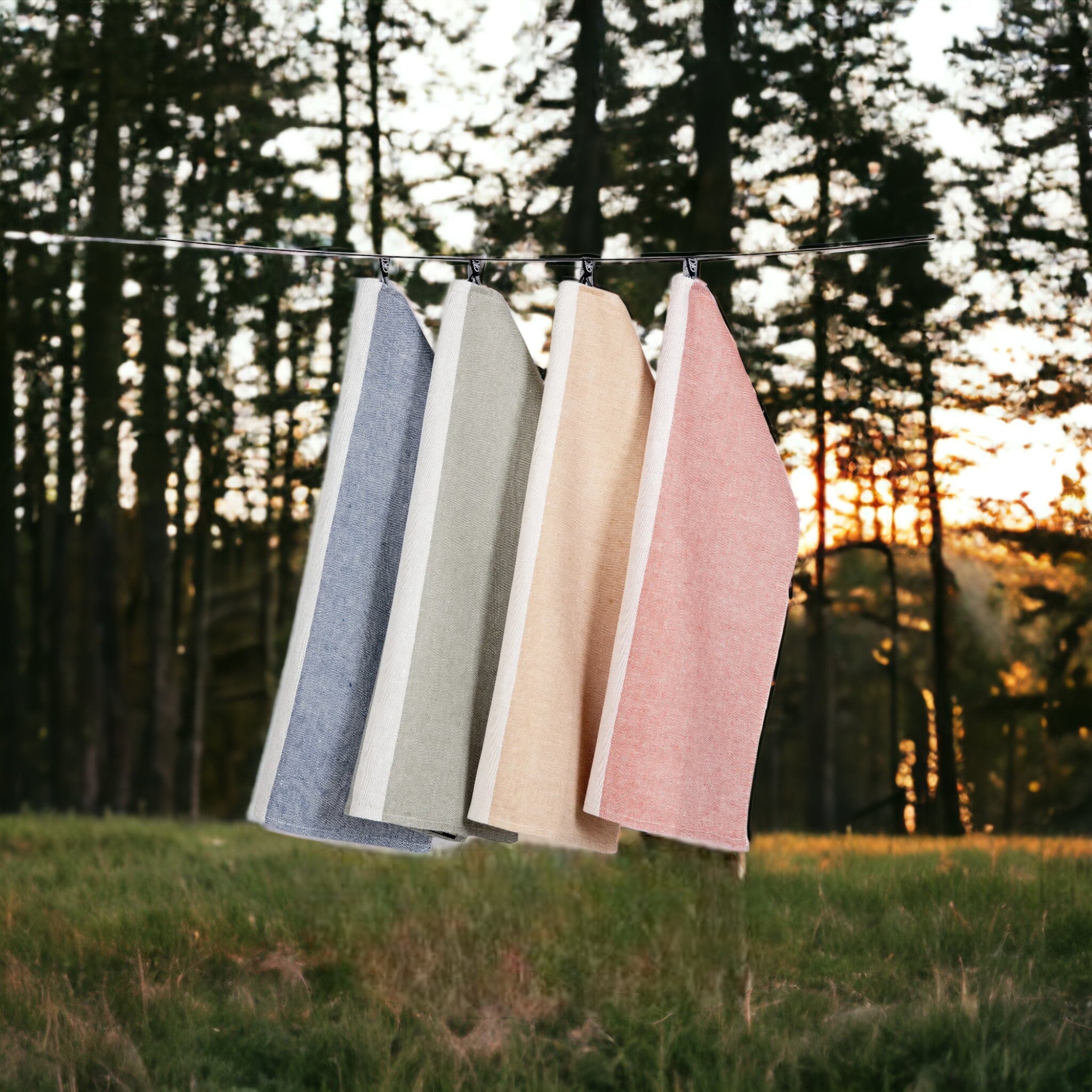
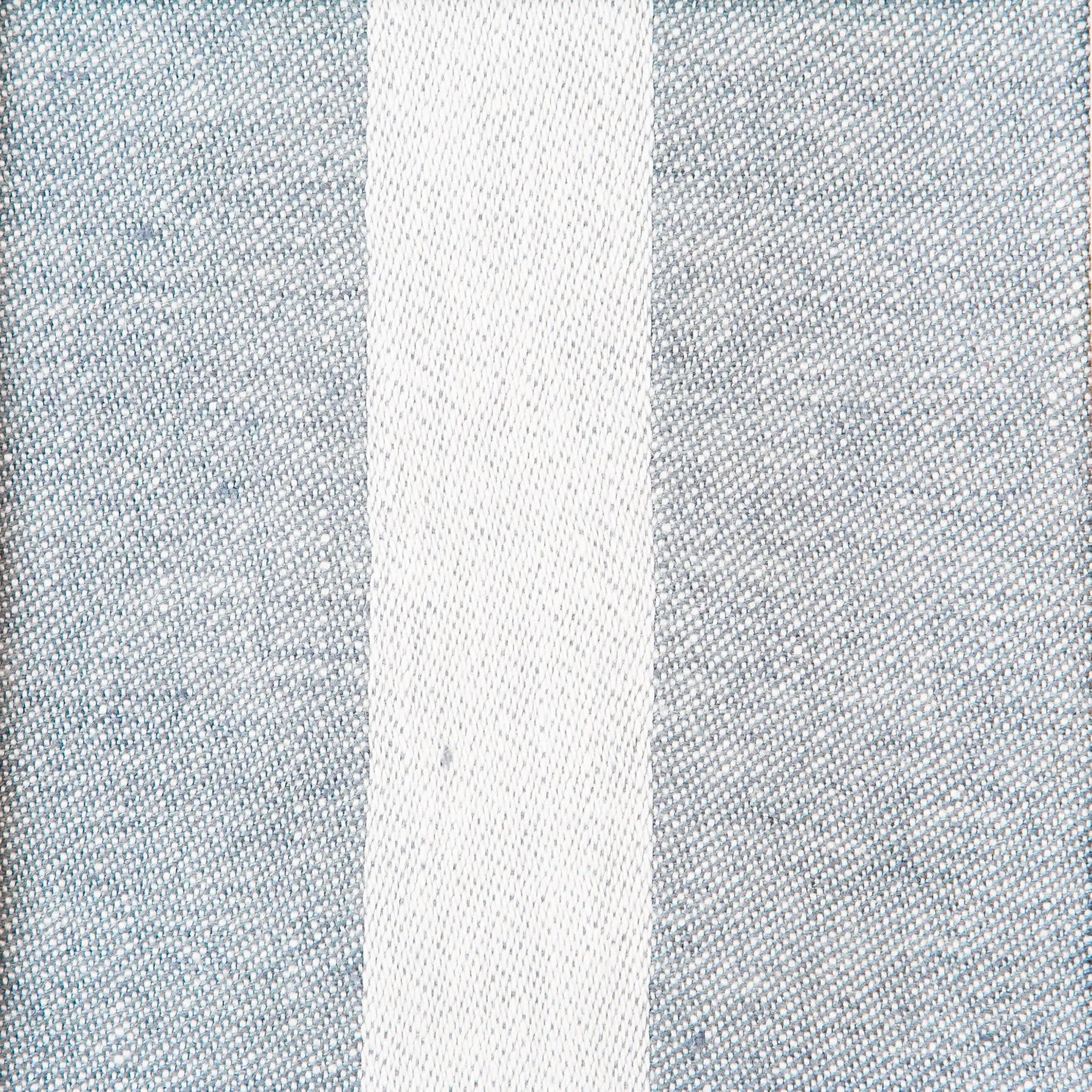
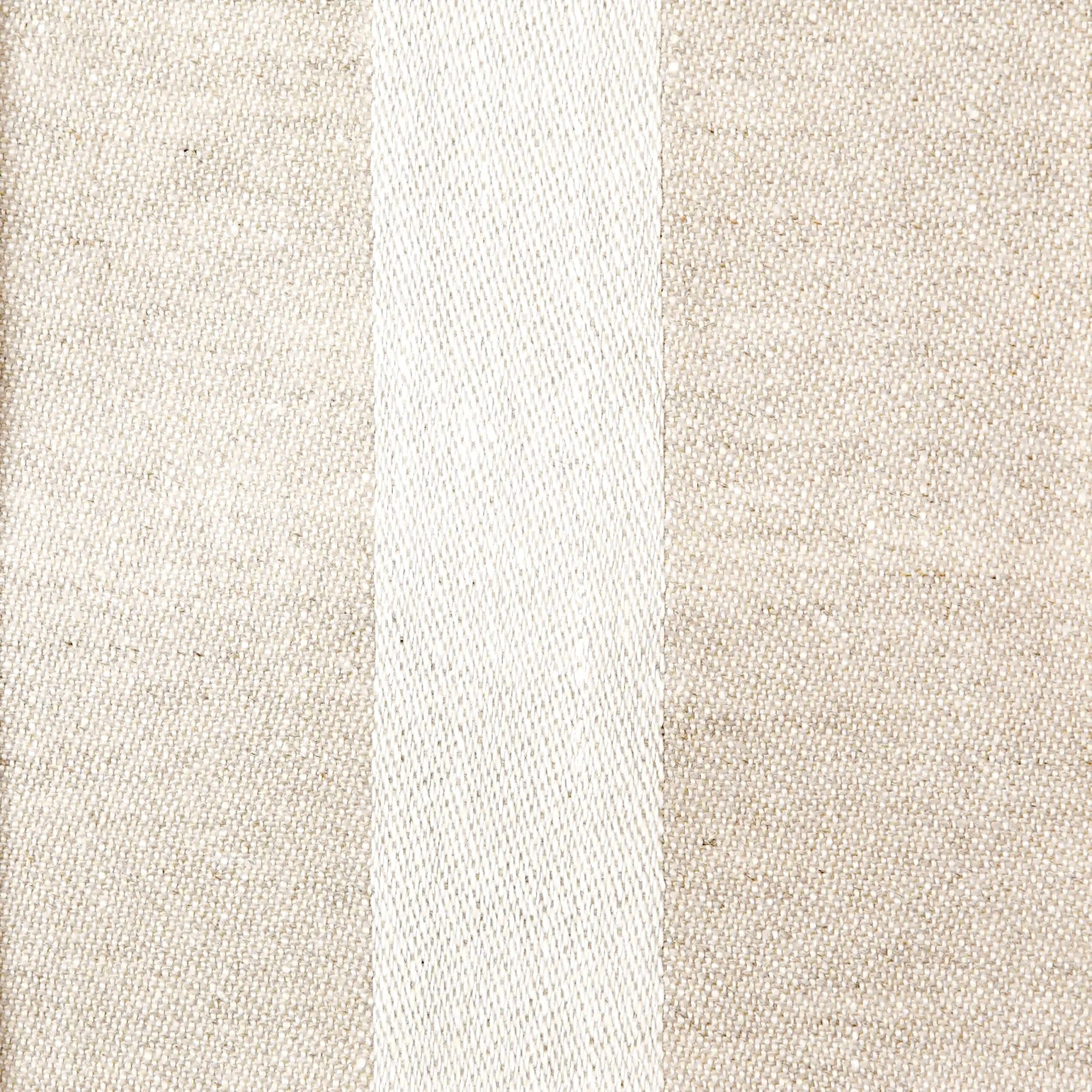
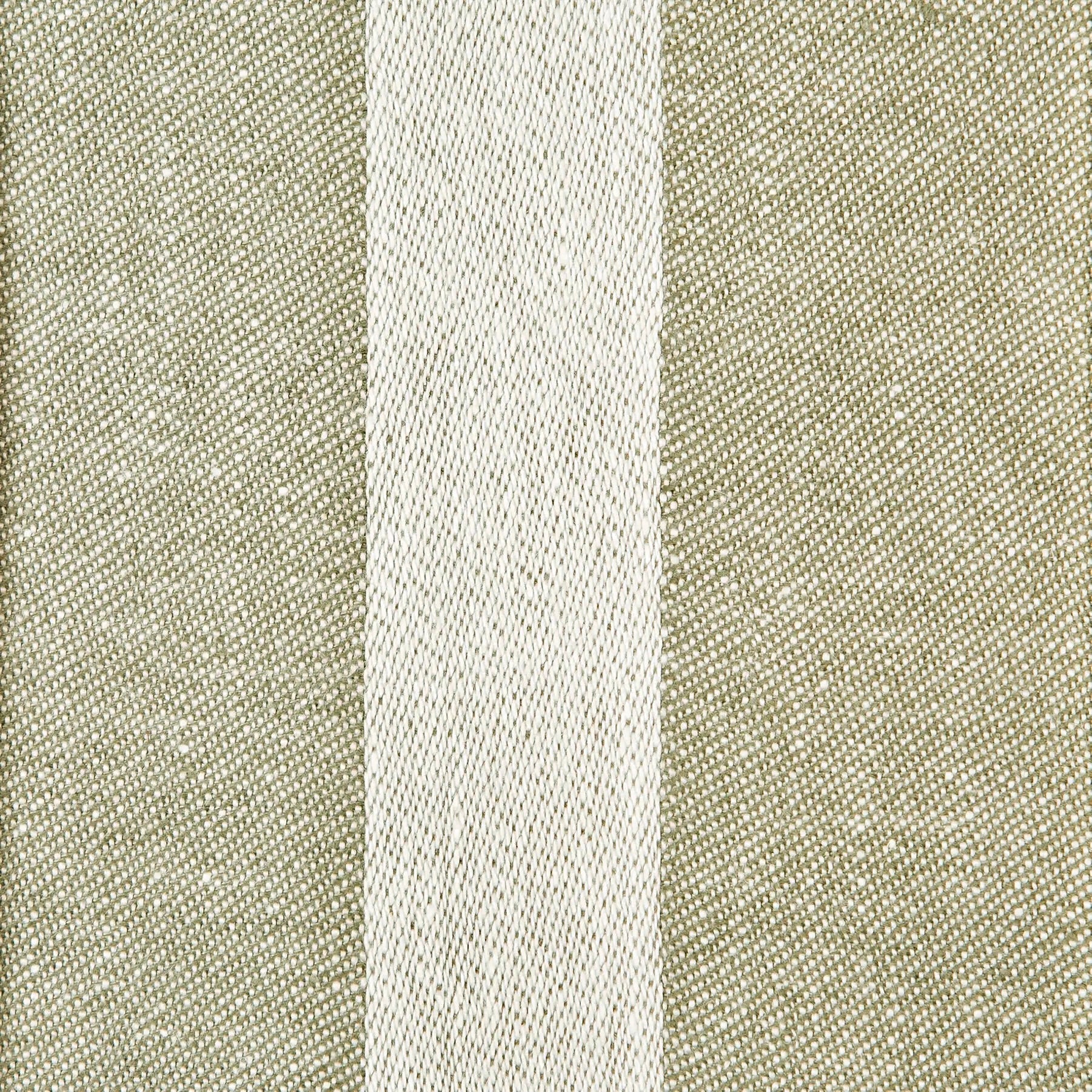
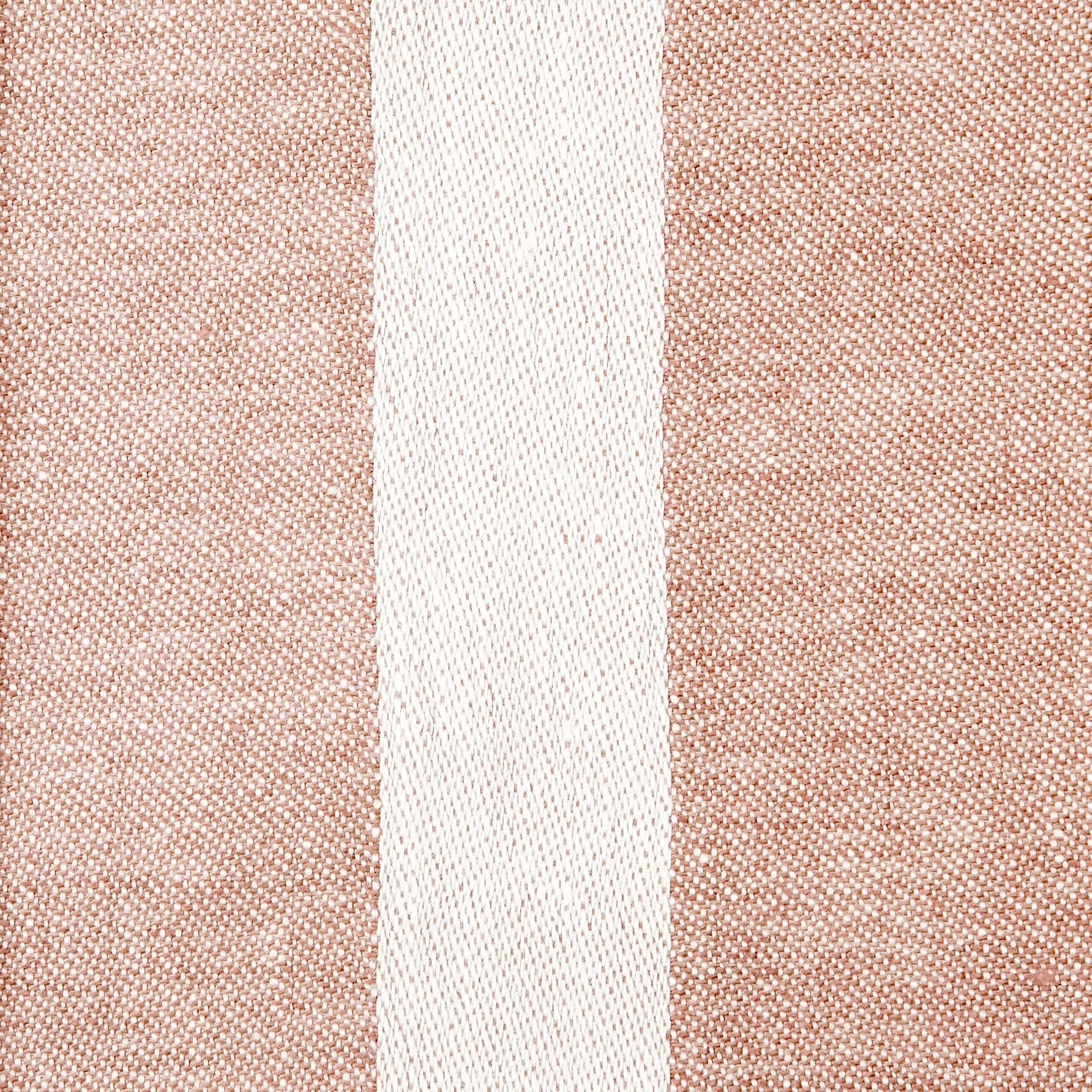
DK VAT included Shipping calculated at checkout
These towels really ought to be used a lot, and can be used without ironing or smoothing. Just take them out of the washing machine and let them dry.
'LINJAL' are, like all other products from Klässbols, woven from the finest linen, so with the right care you will be able to enjoy it for many, many years.
Textiles are distinguished by their high quality, durability and environmental friendliness - and they only get more beautiful over the years.
Klässbols is a Swedish family business that goes back to the end of the 19th century.
The textiles represent the best in the art of weaving and premium quality.
Since the 1970s Klässbols Linneväveri has had the honour of supplying the Swedish royal house with exclusive tablecloths in the form of hand-woven tablecloths and napkins, furniture, embroidery and curtains.
In addition, Klässbols Linneväveri has for 30 years delivered specially designed tablecloths and napkins for the annual Nobel Prize ceremony.

The family collaborates with nationally and internationally renowned designers and has received several design awards.
Many manufacturers choose to weave their textiles in very broad and long lanes, which are subsequently cut and folded, after which the edges are sewn with an ordinary stitch.
Klässbols weave their products to the edge, i.e. That all products are individually woven and therefore have a very beautiful and complete look.


The history of flax
As early as the Stone Age, flax could be processed in Europe, though it was mostly used for things like ropes, fishing nets and the like.
Clothes were not so developed at the time. Hardly anyone thought about the tablecloth, not to mention the napkin. In ancient Egypt, people began to dress in beautiful, cool linen. Flax was the only material allowed in priestly clothing, and the mummies were wrapped in fine linen, many of which are still preserved today.
From Egypt, knowledge spread over Babylon, which in ancient times was the centre of the "flax industry", through Greece to the Roman Empire and further up into Europe. In the Roman Empire, in ancient times, there were large flax workshops in Ravenna and Vienne, which were under strict control of the 'procuratores linificiorum', which says something about the meaning attributed to the material. In the Nordic countries, we have been able to process flax since at least the Bronze Age.
Around the year 1530, the spinning wheel was invented, further accelerating the production of flax. Flaxworking was a craft for a long time. When the machines arrived in the late 1700s, the biggest competitor to flax arrived with them – cotton. Better machines came, which were also suitable for the flax industry. In 1805 Joseph Marie Jacquard constructed his epoch making machine for pattern weaving, which among other things opened new opportunities for Damascus weaving.
The flax has had fierce competition from simpler and cheaper materials, and more than once it has been thought that it would disappear completely. The quality and aesthetic value of the flax have proven to survive all "newcomer materials", including the synthetic fibers of recent years.
Fortunately, it now seems that flax is entering a new age of glory - in a world on the way back to sustainability and quality consciousness.

About flax
The long fiber of flax is suitable for weaving, and its use can be traced back nine thousand years. In the 18th century there were several famous Nordic Damascus gardens and the blue-flowered flax fields were breathtakingly beautiful. Eventually, cotton took over as the most common textile fiber, and the difficult-to-process linen ended up in the shade. Today, flax is only in the Nordic countries to a limited extent. But flax has had a renaissance. The awareness of nature has gained a strong foothold, and more and more people appreciate the tradition and the uniqueness of the characteristics of flax.
The flax fiber has extreme strength and suction. The substance is fast drying and smudge repellent. If you spill liquid on the substance, it is absorbed immediately. Linen wipes are excellent in the kitchen to dry glass and to give silver and crystal a beautiful shine. Flax also feels cool to the skin.
Washing and care
Flax textiles should be washed at 60°C, but difficult spots may require a higher temperature, however not higher than 80°C. Flax is a durable material, and best of all, a good choice for the environment. Always expect shrinkage of about 5-7% when you wash the linen fabric for the first time.
A fine linen fabric that has been properly treated has a beautiful shine and a cool and smooth surface.
1. Softening
Place the new linen in lukewarm water for at least 20-30 minutes before washing to avoid folds, but also to contribute to more water in the washing machine.
2. Detergent
We recommend detergents for coloured washing for all our textiles, or detergents without bleach.
3. Water-rich programme
All new flax material releases excess fiber at the beginning, which must be flushed out in the wash. Set the washing machine to the program with the most generous amount of water. Do not wash with the eco program, as it uses little water.
Wash at 60°C and wash flax separately and not with other materials, as excess flax fibers can get stuck on the clothing.
If you have a difficult stain that requires a higher temperature, you can increase the temperature, but never above 80°C, as the linen can then fall in elasticity, shine and strength.
4. Drying - centrifugation and drying
For centrifuging, only low speed (400-800) should be used. Remove the centrifugation completely if possible. At high speeds, fibres can be broken, resulting in deterioration of quality and more excess fibres. When the sink is finished, clean the door on the washing machine for lint.
Hang to dry after washing. Natural and coloured linen should not be dried in bright sunlight.
We advise against using a dryer. However, the 'BADA' towels can withstand drying at low temperature if desired.
5. Irrigation
Stretch the damp linen after washing and hang to dry. If you want to iron your fabric, do so while the fabric is moist and with a warm iron (three dots).
All measurements in our webshop are given in centimeters (cm).
If you use inches (inches), you can easily convert:
1 cm = 0.39 inch
1 inch = 2.54 cm
How to convert:
To convert cm to inches, multiply the number of cm by 0.39
The flax plant has been cultivated for thousands of years and is one of the oldest plants that has been used in the manufacture of clothing and textiles.
Linen fabric is made from the flax plant and is 100% natural. The production is sustainable and the result is strong and fine fibers, which are spun into yarn that is woven and dyed into the finished fabrics.
The flax fibers are naturally thicker and stronger than other materials, and are 30% thicker than cotton. This makes it very durable, so you don't have to worry about wear and tear and the more you use your linen products, the softer and more beautiful they become.
To make the best of the amazing features of the flax, we recommend that you follow the following below: Washing and care instructions:
Tips
Here's how to best care for your flax products:
For us, craftsmanship, materials and aesthetics are the focus. Our product images should give you an honest and inspiring impression of what you get – without unnecessary staging.
The vast majority of product photos in our webshop are therefore taken by ourselves – whether it is a grinder, a knife holder, a serving board or one of our exclusive textiles.
The images of our wooden products always show real products that we have handmade for a customer and photographed before they were delivered.
We also occasionally receive photos from satisfied customers who kindly allow us to use them in the webshop. These photos provide an honest and inspiring insight into how our products look in real homes and environments.
We are constantly expanding our product gallery. As many of our products come in a multitude of sizes and variations, we do not yet have photos of every single one. The image displayed when you make your selection primarily illustrates the chosen type of wood – not necessarily the specific size or design variation.
Wood is a living, natural material, and our passion is to create unique products with character. The grain and play of colours will therefore naturally vary from one product to the next. Please consider our photos as a source of inspiration and an indication of the high quality we deliver.
Do you have questions about a design, size, type of wood, or do you have special requests? Please don't hesitate to contact us at info@rune-jakobsen.dk, and we will guide you to the right choice before you order.
Here you will find a comprehensive overview of all conditions when you shop at Rune-Jakobsen Design. We have tried to make it as clear and understandable as possible. If you have any questions, you are always welcome to contact us.
All prices in the webshop are displayed in your local currency. Prices for customers in the EU and Norway always include the applicable local VAT. For more information about customs and duties, see the section below.
Fixed, fair prices: We believe in the value of good craftsmanship, which is why our prices are the same year-round. We do not participate in sales periods like Black Friday, but instead offer fixed benefits:
We offer secure payment with MasterCard, VISA, PayPal, Apple Pay, Google Pay, Shop Pay and MobilePay. All payment information is sent encrypted (SSL) so that only you and your card provider can read it.
As many of our products are handmade, delivery times vary. Here is an overview:
We ship with GLS, DHL or UPS. The exact options and prices are calculated at checkout based on your location and the weight of the order. Here is an overview of starting prices:
We ship all items from Denmark (EU). Below you can see what this means for you.
If you are purchasing from an EU country, the price you see at checkout is the final price. All prices include your local country's VAT and you will not be charged any additional fees upon delivery.
If you are shopping from Norway, you can feel completely safe. The price you see at checkout is the final and total price. This is because we ship your package as 'Delivered Duty Paid' (DDP).
In other words, you will not be charged any additional costs or fees when importing to Norway.
For countries outside the EU and Norway, orders are shipped as 'Delivered At Place' (DAP). This means that you as the customer are responsible for paying any local import costs (customs, VAT, fees) that are charged by the shipping company upon arrival. These fees are set by local authorities and are beyond our control.
For purchases up to 135 GBP, there is no duty charge. For orders over this amount, you will be charged UK import duties. Read more from the UK authorities here .
Orders placed via the Shop app (from Shopify) will automatically be charged applicable US sales tax. Orders placed directly in our webshop follow the general import rules as described above.
You have 30 days from receipt to notify us that you regret your purchase. After that, you have an additional 8 days to return the item. The right of withdrawal applies to all standard products.
Exception: For custom-made products, the right of withdrawal only applies if this has been agreed in writing in advance.
Return address:
Rune Jakobsen Design
Attn: Kari Rune-Jakobsen
Tiendemarken 14 A, Gudum
9280 Storvorde
Denmark
Danish customers: You can order a return label via Shipmondo here (only applies to cancellations).
Once we have received the returned item, we will refund the full purchase amount.
You have a 2-year warranty on manufacturing and material defects according to the Danish Sales Act. The warranty does not cover defects or wear and tear resulting from improper use, violence or lack of maintenance.
If you wish to make a complaint about an item, please contact us as soon as possible and no later than 14 days after you have discovered the fault. If the complaint is approved, we will of course cover the return costs.
All products are sold "as is" and it is the customer's responsibility to use them safely and appropriately. Rune-Jakobsen Design cannot be held liable for damages resulting from misuse or incorrect use. All content on this website (text, images, design) belongs to Rune-Jakobsen Design and may not be copied without written permission.
Rune Jakobsen Design
by Torben & Kari Rune-Jakobsen
Tiendemarken 14 A, Gudum
9280 Storvorde, Denmark
CVR: DK27029167
Norwegian VOEC: 2060051
If you have any questions, we are here to help.
Telephone: (+45) 42 43 43 93 / (+45) 42 43 23 76
Email: info@rune-jakobsen.dk
As many of our products are handmade to order, delivery times vary. Here is an overview so you know what to expect:
We offer flexible delivery with GLS, DHL or UPS. The exact options and carriers depend on your location and will be presented to you at checkout.
The price for delivery depends on your location and the weight of the shipment. Here is an overview of our starting prices. The final price is always calculated at checkout.
We ship all items from our base in Denmark (EU). Below you can see what this means for you.
If you are purchasing from an EU country, the price you see at checkout is the final price. All prices include your local country's VAT and you will not be charged any additional fees upon delivery.
If you are shopping from Norway, you can feel completely safe. The price you see at checkout is the final and total price. This is because we ship your package as 'Delivered Duty Paid' (DDP).
In other words, you will not be charged any additional costs or fees when importing to Norway.
For other countries outside the EU, orders are sent as 'Delivered At Place' (DAP).
This means for you as a customer:
Worth knowing: Many countries have a de minimis threshold where orders under a certain value are exempt from customs duties. We recommend that you check the applicable rules for your country with your local customs authorities if you are in doubt.
By completing a purchase, you agree to these terms.
For purchases up to 135 GBP, our goods are duty free. For orders over this amount, you will be charged UK import duties. Read more from the UK authorities here .
Starting January 1, 2025, orders placed through the Shop app (from Shopify) will automatically be charged applicable US sales tax at checkout. This applies to all states that have sales tax. Orders placed directly in our webshop (including via Shop Pay) are exempt from this automatic calculation and follow the general import rules as described above.
Rune-Jakobsen Design reserves the right to continuously change and update prices, terms and conditions.
If you have any questions, we are here to help.
Phone: (+45) 42 43 43 93
Email: info@rune-jakobsen.dk
⏎ Right of withdrawal
You have 30 days after receipt to notify us that you regret the purchase, and then you have an additional 8 days to send it back.
The right of withdrawal applies to all standard products in the webshop.
The right of withdrawal and return for custom-made products in special sizes is only valid if a special (written) agreement has been made.
If you regret your purchase and return the item(s), we will refund the full purchase amount when the item(s) are delivered back to us in unused and undamaged condition.
⛓️💥 Complaints
According to the Danish Sales Act, Rune-Jakobsen Design grants a 2-year warranty from the invoice date for manufacturing and material defects (defects).
Complaints about defects or damage to delivered products must be made to Rune-Jakobsen Design within 14 days of receipt of the item(s).
The right of complaint does not cover errors, damage or wear and tear, directly or indirectly resulting from incorrect operation, incorrect maintenance, violence or unauthorized interventions.
If you cancel your purchase, you can use a shipping company of your choice and bear the costs associated with the return.
When returning due to a complaint, Rune-Jakobsen Design will cover the return costs.
Returns must be made to:
Rune Jakobsen Design
Attn: Kari Rune-Jakobsen
Tiendemarken 14 A, Gudum
9280 Storvorde
Denmark
We ship all items from our base in Denmark (EU). Below you can see what this means for you.
If you are purchasing from an EU country, the price you see at checkout is the final price. All prices include your local country's VAT and you will not be charged any additional fees upon delivery.
If you are shopping from Norway, you can feel completely safe. The price you see at checkout is the final and total price. This is because we ship your package as 'Delivered Duty Paid' (DDP).
In other words, you will not be charged any additional costs or fees when importing to Norway.
All orders are shipped as 'Delivered At Place' (DAP). This means that you as the customer are responsible for paying any local import costs (customs, VAT, fees) that are charged by the shipping company upon arrival.
These fees are set by the Swiss authorities and are beyond our control.
We are pleased to inform you that the majority of our products are handcrafted in Denmark or elsewhere in the EU, and therefore qualify for duty-free import under the EU–UK Trade and Cooperation Agreement (TCA).
This means:
Because our products are of EU origin, they are generally not subject to UK import duty. We provide all necessary documentation to ensure a smooth customs process.
We are not registered for UK VAT and therefore do not charge VAT at checkout.
Instead, UK VAT (currently 20%) will be charged upon delivery, regardless of order value.
You will be contacted by the courier (typically DHL, UPS, or similar) and asked to pay VAT before the parcel is delivered.
Please note:
This applies to all orders, regardless of total amount.
There may also be a small handling fee charged by the courier for processing UK import VAT.
When you shop from the U.S., your order is shipped DDP (Delivered Duty Paid).
That means all import duties and tariffs are calculated and paid right at checkout—so you know the full cost upfront.
No surprise fees, no delays at customs, just smooth delivery straight to your door.
For other countries outside the EU, orders are sent as 'Delivered At Place' (DAP).
This means for you as a customer:
Worth knowing: Many countries have a de minimis threshold where orders under a certain value are exempt from customs duties. We recommend that you check the applicable rules for your country with your local customs authorities if you are in doubt.
By completing a purchase, you agree to these terms.
Rune-Jakobsen Design reserves the right to continuously change and update prices, terms and conditions.
If you have any questions, we are here to help.
Phone: (+45) 42 43 43 93
Email: info@rune-jakobsen.dk
Choose options




